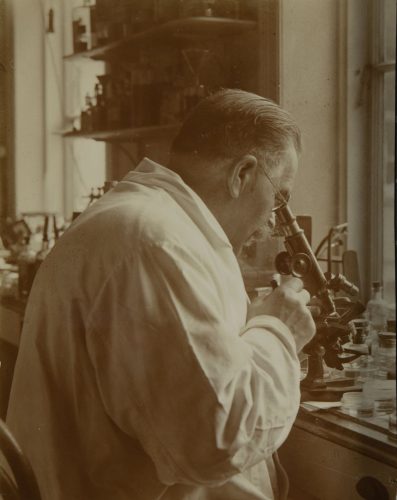Curative trials and treatment – coercion or choice?
Pleiestiftelsen Hospital had gained a reputation as an institution with strict rules and little personal freedom. However, this changed over time. The number of residents gradually declined and when Pleiestiftelsen transitioned from being defined as a care institution to having a curative department in 1895, it seems that residents gained far more say in their lives.
Not all patients were interested in treatment trials, and doctors described it as being particularly difficult to achieve consistent treatment over a long period of time. Some of the methods and drugs that were tested could cause discomfort and side effects, and Dr. H. P. Lie writes that there were very few sick people who came to the hospital with the intention of trying all the remedies that might conceivably have a beneficial effect. He believed that having a curative and care department in the same hospital was a drawback, as there were always a number of older patients who immediately dissuaded new patients willing to try different remedies by telling them about previous patients whose condition had ‘become so much worse after treatment’.
It is clear that patients had, to a certain extent, a say in the treatment they received. The doctor was in contact with other doctors all over the world and would try remedies that others believed produced good results. One example of this is when H. P. Lie wanted to try a medicine called collargol, with which one of the participants at a Brazilian Medical Congress had achieved ‘quite excellent results’. When a company that produced this agent made a quantity of the medicine available to Lie, he was unable to persuade any patients to be injected. He therefore had to settle for ‘the other application methods recommended by the factory’, namely pills, oral solutions, ointment or enemas. When Lie later wanted to try the arsanilic acid based medicine Atoxyl, only one patient agreed to try the drug.




